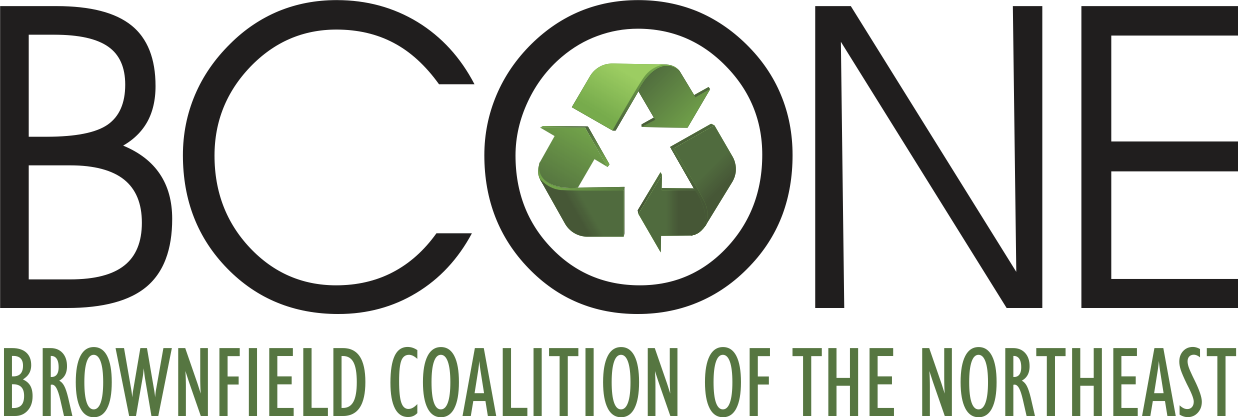Contact: Barbara Khan, (212) 637-3675, khan.barbara@epa.gov
NEW YORK (Feb. 13, 2023) – Today, the U.S. Environmental Protection Agency (EPA) announced more than $83.7 million from President Biden’s Bipartisan Infrastructure Law to address emerging contaminants, like Per- and Polyfluoroalkyl Substances (PFAS), in drinking water in New York. This investment, which is allocated to states and territories, will be made available to communities as grants through EPA’s Emerging Contaminants in Small or Disadvantaged Communities (EC-SDC) Grant Program and will promote access to safe and clean water in small, rural and disadvantaged communities while supporting local economies. EPA Administrator Michael S. Regan announced the availability of $2 billion.
“Too many American communities, especially those that are small, rural, or underserved, are suffering from exposure to PFAS and other harmful contaminants in their drinking water,” said EPA Administrator Michael Regan. “Thanks to President Biden’s leadership, we are investing in America and providing unprecedented resources to strengthen our nation’s water infrastructure while safeguarding people’s health and boosting local economies. These grants build on EPA’s PFAS Strategic Roadmap and will help protect our smallest and most vulnerable communities from these persistent and dangerous chemicals.”
"This funding is part of the once-in-a lifetime investments we are making to transform infrastructure under the President's Bipartisan Infrastructure Law,” said U.S. EPA Regional Administrator Lisa F. Garcia. “EPA is working with our state partners to deliver clean water to communities, protect public health, and advance environmental justice across New York State and the nation.”
The Bipartisan Infrastructure Law invests $5 billion over five years to help communities that are on the frontlines of PFAS contamination reduce PFAS in drinking water. EPA announced the funds for New York as part of an allotment of $2 billion to states and territories that can be used to prioritize infrastructure and source water treatment for pollutants, like PFAS and other emerging contaminants, and to conduct water quality testing.
Senator Charles Schumer said, “Thanks to the Bipartisan Infrastructure Law I fought to pass, communities across New York will finally have access to the funding they need to clean-up toxic PFAS pollution and ensure safe and clean drinking water. These federal funds will jumpstart critical projects and help communities big and small on the frontlines of PFAS contamination, all while creating good paying jobs to stimulating the local economy. I am proud to deliver over $83 million for New York to directly tack the issue of emerging contaminants and PFAS and I will keep pushing for speedy cleanups across New York: from Long Island to Newburgh and Niagara.”
“This is a historic investment that will help clean up some of the most dangerous and widespread contaminants in our drinking water,” said Senator Kirsten Gillibrand. “I’m proud to have fought to pass the Bipartisan Infrastructure Law to provide this funding to small and disadvantaged communities across New York and I look forward to continuing to work with the Biden administration to protect the environment and fight PFAS contamination.”
EPA is also releasing the Emerging Contaminants in Small or Disadvantaged Communities Grant Implementation document. The implementation document provides states and communities with the information necessary to use this funding to address local water quality and public health challenges. These grants will enable communities to improve local water infrastructure and reduce emerging contaminants in drinking water by implementing solutions such as installing necessary treatment solutions.
Today’s actions represent a significant milestone within the Biden-Harris Administration’s commitments to combat PFAS pollution and safeguard drinking water, and specifically EPA’s October 2021 PFAS Strategic Roadmap. Under the Roadmap, EPA is working across the agency to protect the public from the health impacts of PFAS. EPA has taken a number of actions to deliver progress on PFAS including:
In addition to this new grant, EPA is also working to propose a PFAS NPDWR in the coming weeks. The draft proposed rule is currently undergoing interagency review and EPA will issue the proposed rule for public comment when it clears the Office of Management and Budget (OMB). The agency anticipates finalizing the rule by the end of 2023. Together, with today’s announcement, these actions highlight EPA’s commitments outlined in the PFAS Strategic Roadmap to protect public health and the environment from the impacts of PFAS. They also illustrate the benefits of investing in water—protecting public health and the environment, addressing key challenges facing communities, and creating jobs.
To learn more about EPA’s roadmap laying out a whole-of-agency approach to addressing PFAS, visit EPA’s PFAS web page.
To learn more about New York’s PFAS efforts, visit its PFAS web site.
Follow EPA Region 2 on Twitter and visit our Facebook page. For more information about EPA Region 2, visit our website.
Posted February 14, 2023

